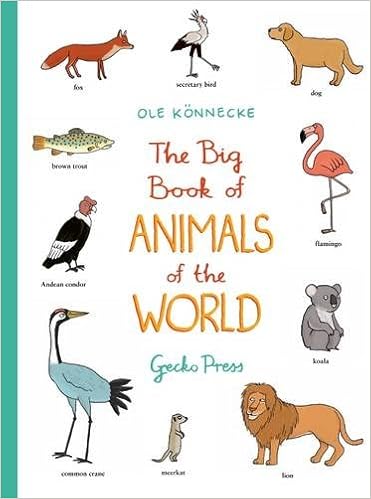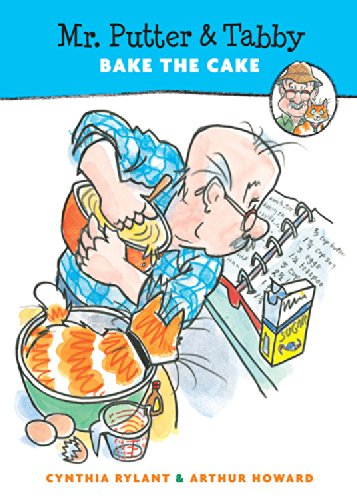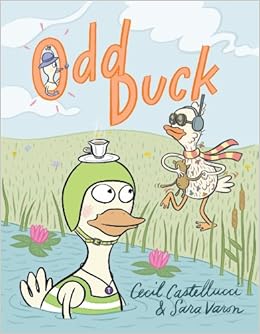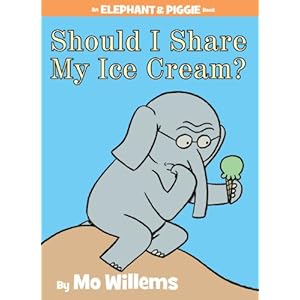I’m going to start posting here about the books that I acquire for my library. For those of you who don’t know I have a private subscription library in my home, mostly for homeschoolers, although others who are interested in quality books are welcome to visit or to join. I have a lot of older books that are no longer available from the public library as well as some new books that I think will stand the test of time.
Here’s an annotated list of some of the new/old books I’ve acquired (from thrift stores, used bookstores, library sales, donations) in the past month:
 Biscuit by Alyssa Capucilli. Biscuit the puppy doesn’t want to go to bed. Cute story with very simple vocabulary for beginning readers.
Biscuit by Alyssa Capucilli. Biscuit the puppy doesn’t want to go to bed. Cute story with very simple vocabulary for beginning readers.
Henry and Mudge Get the Cold Shivers by Cynthia Rylant.
Henry and Mudge and the Bedtime Thumps by Cynthia Rylant. In the first story, Henry and his dog friend Mudge each have a sick day, and Henry takes care of Mudge in the same way Henry’s father takes care of Henry when he is ill. In the Bedtime Thumps, Henry and Mudge visit Henry’s grandmother’s house in the country and hear alarming nighttime noises. I really enjoy Cynthia Rylant’s picture books and easy readers. The stories are simple and relatable, and the characters are the same.
Cowgirl Kate and Cocoa by Erica Silverman.
Cowgirl Kate and Cocoa: Horse in the House by Erica Silverman. The Billy and Blaze books by C.W. Anderson or the Bucky series by Reichert or other cowboy easy readers are good for boys and girls who are interested in reading stories with horses and ranch life featured, but a series with a cowgirl is a nice addition to the easy reader section of the library. Kate and her horse Cocoa count the herd, ride the range, and even explore the idea of a horse in the house in these two books, each with three very short chapters.
Poppleton in Winter by Cynthia Rylant.
Poppleton Everyday by Cynthia Rylant. Ms. Rylant again succeeds in creating a kid-friendly, delightful character in Poppleton the pig, as in these two books he gazes at the stars, chooses a new bed, goes sailing with a friend, measures his icicles, sculpts a bust, and goes for a sleigh ride.
 The Golly Sisters Go West by Betsy Byars. May-May and Rose are the singing, dancing Golly sisters who entertain their way across country while traveling west in a covered wagon. In this book, there are six short, funny stories about the Golly sisters and their adventures.
The Golly Sisters Go West by Betsy Byars. May-May and Rose are the singing, dancing Golly sisters who entertain their way across country while traveling west in a covered wagon. In this book, there are six short, funny stories about the Golly sisters and their adventures.
Eric Liddell: Running for a Higher Prize by Renee Taft Meloche. A fairly easy, rhyming biography of the famous runner and missionary of Olympic fame and featured in the movie, Chariots of Fire.
George Muller: Faith to Feed Ten Thousand by Renee Taft Meloche. Another rhyming missionary biography for “young readers.”
The Nutcracker Ballet by Deborah Hautzig. In simple language, children can follow the ballet’s story from the opening Christmas Eve party scene to the closing scene in which Marie and her Nutcracker prince bid farewell to the Land of the Sweets.
Mr. Brown Can Moo: Can You? by Dr. Seuss. All about noises by the master of easy readers.
Good Work, Amelia Bedelia by Peggy Parish. I always enjoy the mix-ups and wordplay in Amelia Bedelia’s adventures.
 Sailor Jack by Selma Wasserman.
Sailor Jack by Selma Wasserman.
Sailor Jack and Bluebell by Selma Wasserman.
Sailor Jack and Homer Pots by Selma Wasserman.
Sailor Jack and Bluebell’s Dive by Selma Wasserman. Sailor Jack is a submariner, and Bluebell is his parrot in this old, classic easy reader series.
If you have a beginning reader, I can recommend any or all of these, mostly series, to usher them into the world reading. Have fun exploring with Cowgirl Kate or Sailor Jack or Amelia Bedelia or any of the other multitude of easy reader characters. Who’s your favorite? (I’ll admit to a special fondness for the Frog and Toad books by Arnold Lobel and the Little Bear books by Else Homeland Minarik.)















